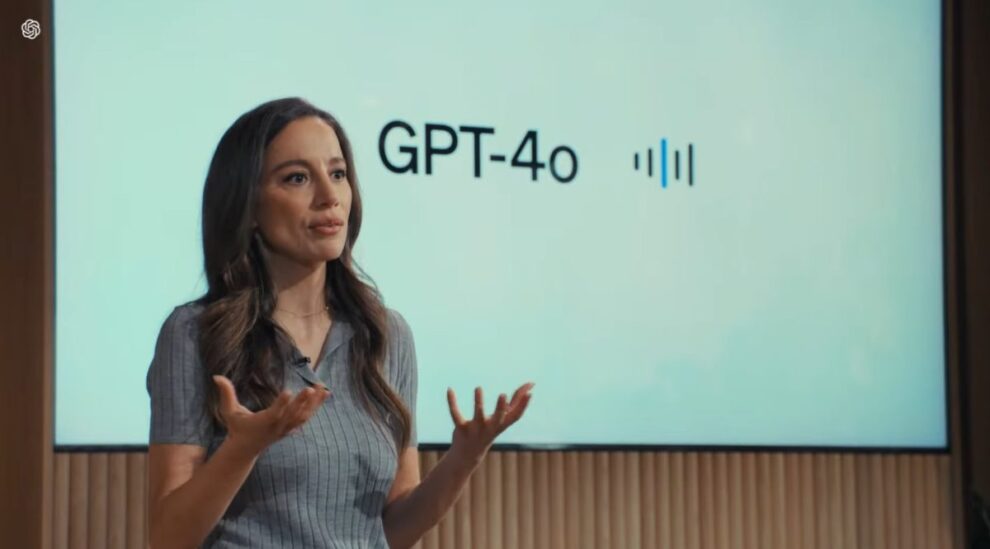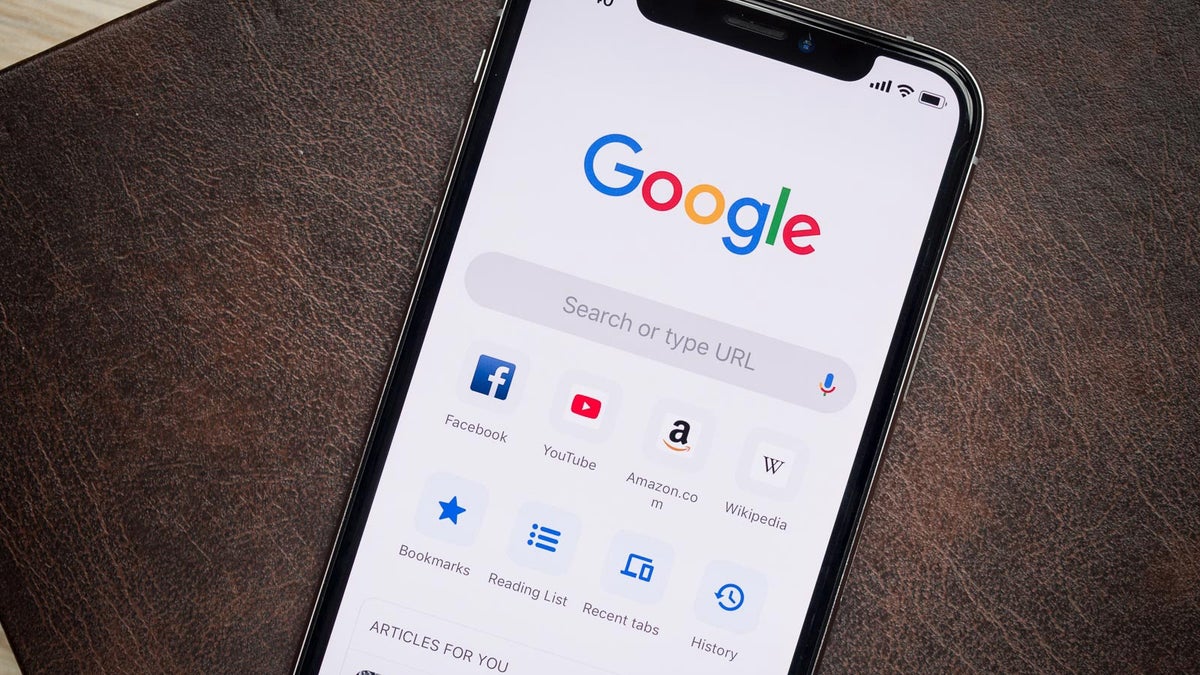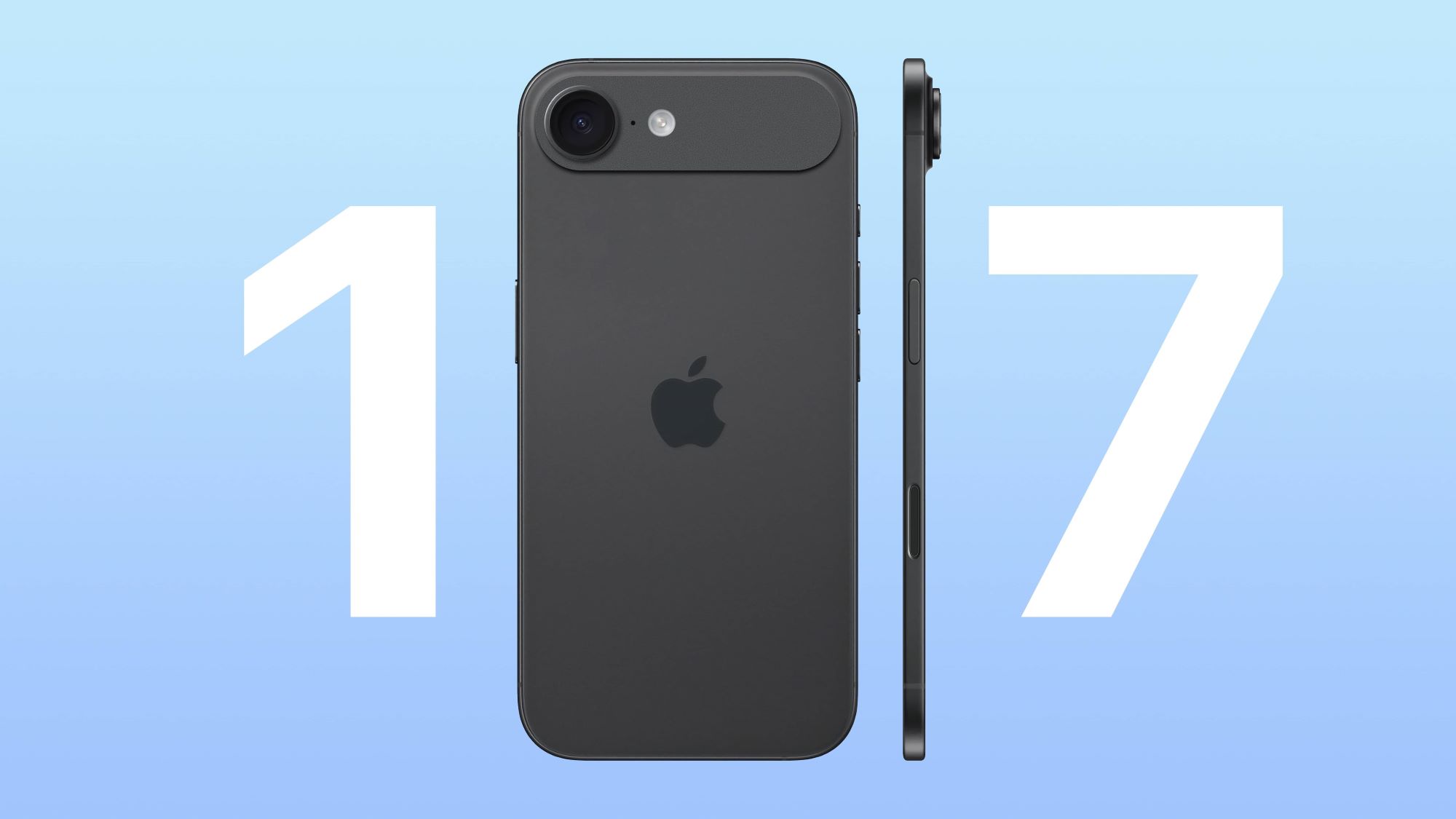Imagine describing a fantastical creature, a serene landscape, or a specific product design, and having it instantly appear before your eyes. What if you could then refine that image with simple text commands, tweaking details until it perfectly matches your vision? This isn’t science fiction anymore. OpenAI has just rolled out a groundbreaking update to ChatGPT, embedding image generation powered by their cutting-edge GPT-4o model directly into the popular conversational AI. This move promises to democratize image creation, putting powerful design capabilities into the hands of everyone.
For years, users have dreamt of the day they could generate images within the familiar ChatGPT interface. That day has finally arrived. In an official announcement made just yesterday, March 25th, 2025, OpenAI confirmed the integration of “4o image generation” – a significantly more advanced image generation approach than their previous DALL·E 3. This new capability is deeply woven into the architecture of the omnimodal GPT-4o model, allowing it to leverage its vast knowledge and understanding of language to create not just beautiful, but truly useful images.
Beyond Just Pretty Pictures: What Makes GPT-4o Image Generation Different?
This isn’t just another AI image generator. OpenAI emphasizes several key advancements that set GPT-4o apart:
- Photorealism and Style: The model can produce incredibly realistic images, but it’s also adept at generating various artistic styles, catering to diverse creative needs.
- Text Rendering Prowess: One of the biggest hurdles for AI image generators has been accurately rendering text within images. GPT-4o tackles this challenge head-on, capable of not only generating legible text but also placing it appropriately within the visual context. Imagine creating a poster or a social media graphic with perfectly rendered headlines – ChatGPT can now do that.
- Instruction Following with Precision: GPT-4o excels at understanding and executing detailed prompts. While previous models might struggle with complex requests involving multiple objects, OpenAI claims GPT-4o can handle prompts with up to 10-20 different elements, ensuring greater control over the final output.
- In-Context Learning: This feature allows users to upload images, and GPT-4o can analyze and learn from them, seamlessly incorporating details into its subsequent image generation. This opens up exciting possibilities for iterating on existing visuals or using them as inspiration.
- Multi-Turn Generation: Because image generation is now native to ChatGPT, users can refine images through natural conversation. You can ask ChatGPT to make changes, add elements, or adjust the style, and the model will maintain consistency throughout the iterations. Think of it as having a visual brainstorming partner.
- World Knowledge Integration: GPT-4o’s image generation is enhanced by its vast understanding of the world. This means it can create images that are not only visually appealing but also contextually relevant and informed.
Early Reactions and Use Cases:
The announcement has already sparked considerable buzz online, with early users sharing impressive examples of the images they’ve generated. From intricate logos and detailed diagrams to whimsical character designs and photorealistic scenes, the capabilities seem truly remarkable.
Consider a small business owner needing a quick logo for their new venture. Instead of hiring a designer or struggling with complex design software, they can simply describe their vision to ChatGPT and have several options generated within seconds. Imagine a student working on a presentation needing a specific illustration to convey a complex concept. With GPT-4o, they can create that visual directly within their workflow.
The potential use cases span across various fields:
- Content Creation: Bloggers, social media managers, and marketers can quickly generate eye-catching visuals to accompany their text.
- Education: Teachers can create custom illustrations and diagrams for their lessons, making learning more engaging.
- Product Design: Designers can rapidly prototype ideas and visualize concepts based on textual descriptions.
- Personal Use: Individuals can bring their creative ideas to life, generating unique artwork, personalized gifts, or even visual representations of their dreams.
Safety First: OpenAI’s Commitment to Responsible AI
OpenAI acknowledges the potential risks associated with powerful image generation technologies and emphasizes its commitment to safety. They state that 4o image generation benefits from their existing safety infrastructure and the lessons learned from deploying DALL·E and Sora. However, they also recognize that these new capabilities bring new risks, which they are actively addressing.
How to Access This Game-Changing Feature:
The new image generation capabilities are rolling out now to ChatGPT Plus, Pro, Team, and Free users as the default image generator. Enterprise and Edu users will gain access soon, and developers will be able to generate images with GPT-4o via the API in the coming weeks.
To generate an image, users simply need to describe what they want to see in a text prompt, just like having a regular conversation with ChatGPT. They can also include specifics like aspect ratios or hex codes for colors to further refine their requests. OpenAI notes that because the images are so detailed, they might take up to one minute to render.
The Future of Visual Communication?
The integration of GPT-4o powered image generation into ChatGPT marks a significant step forward in the evolution of AI and its impact on creative processes. It lowers the barrier to entry for visual content creation, making it accessible to a wider audience. While it’s unlikely to completely replace human artists and designers, it offers a powerful new tool that can augment creativity, streamline workflows, and empower individuals to express their ideas visually in ways never before possible.
Is this the beginning of the end for stock photos? Will we see a surge in personalized and unique visual content across the internet? Only time will tell, but one thing is certain: ChatGPT has just become a whole lot more creative, and the world of visual communication is about to get a whole lot more interesting.




